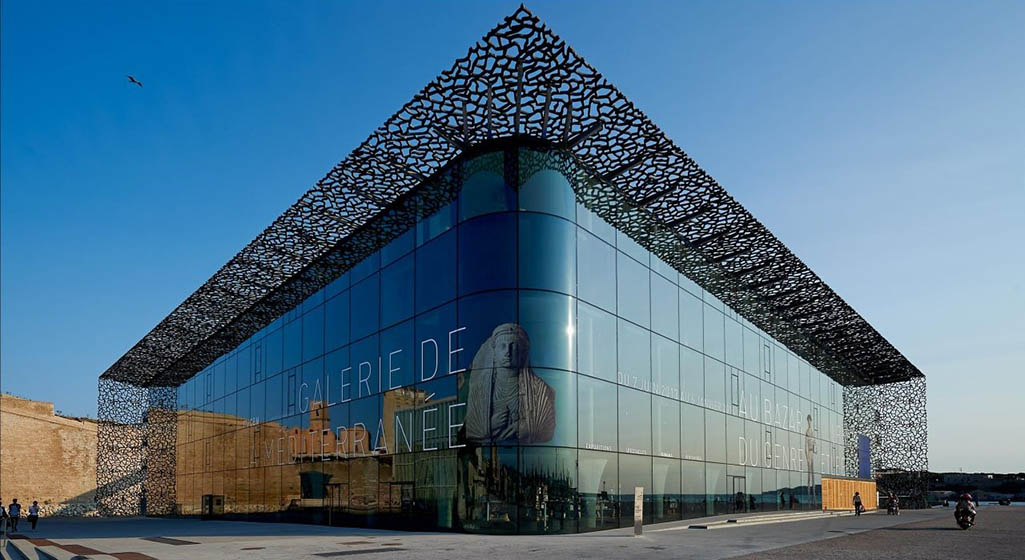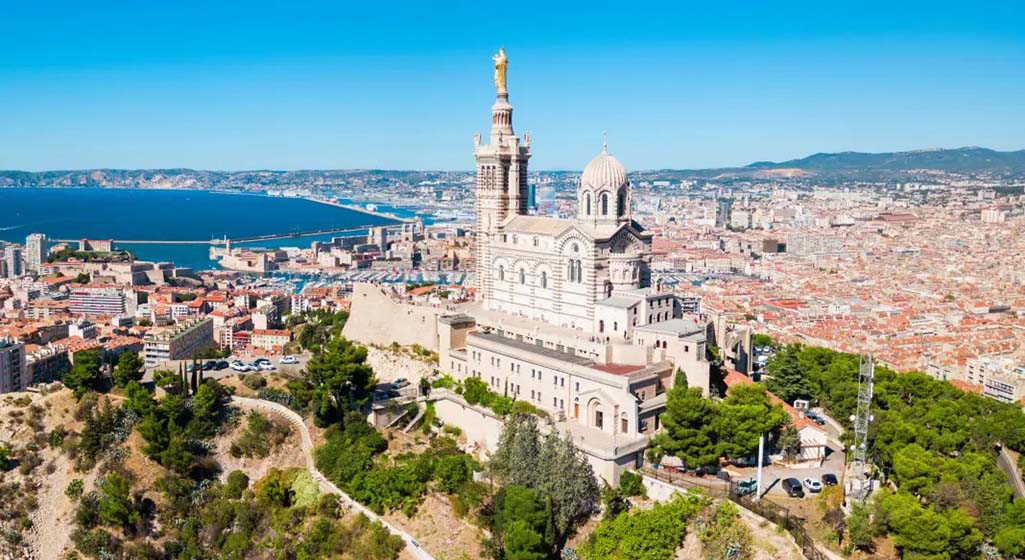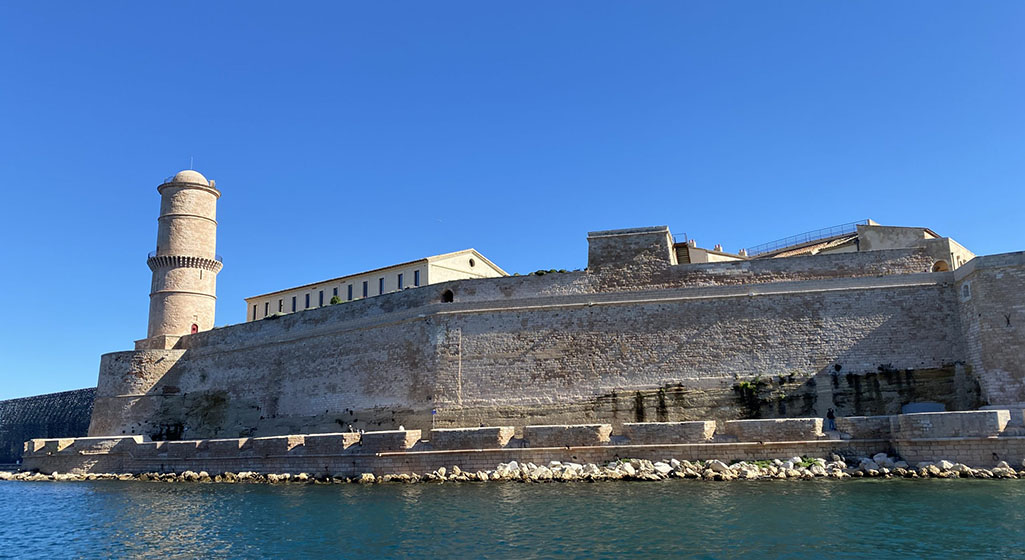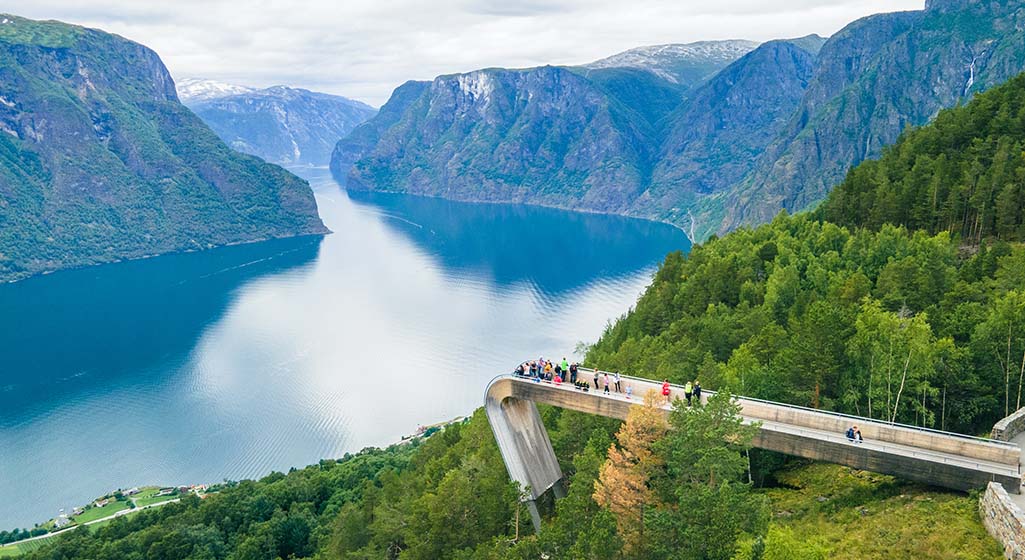When I first arrived in Marseille, my very first destination was the Old Port (Vieux-Port). This Mediterranean port city has stood the test of time since the ancient Greek colonists first landed here, over 2,600 years ago. Today, I chose the most direct and heartfelt way to experience its rhythm—on foot. From the Old Port to the oldest district of the city, Le Panier, I traced the cobbled paths and let the echo of footsteps reveal Marseille’s history, culture, and everyday life.
Morning at the Old Port: Sea Breeze, Fish Market, and Boat Shadows
Early in the morning, I left my hotel and headed toward the Old Port. The air was filled with the unmistakable scent of a harbor—sea breeze, salt, and a faint hint of fish. It was sharp yet refreshing, invigorating even. The golden sun had just begun to shimmer on the water, reflecting off the gently rocking fishing boats and sleek yachts, like a living oil painting. Seagulls swooped low, their cries slicing through the stillness, while the rhythmic creak of wooden masts echoed from boat to boat.
The Old Port isn’t just the historical heart of Marseille—it’s a symbol of its daily life. As I walked along the quayside, fishermen were already setting up their stalls along the docks, their breath visible in the cool morning air. Freshly caught sea bass, octopus, red mullet, and lobster were neatly arranged on beds of crushed ice, glistening in the early light. Weathered fishermen in traditional blue-and-white striped shirts haggled with customers, their hands as expressive as their voices. There was nothing staged about the scene—it was simply the city’s real rhythm, unfolding as it had for centuries.
I didn’t buy any seafood, but I couldn’t help pausing at one stall to watch an elderly woman skillfully clean sea urchins while speaking to a child in Provençal dialect. Her hands moved with practiced grace, deftly opening each urchin and scooping out the delicate orange roe. She handed the child a rinsed seashell with a smile—a pure moment of connection between people and their city, tender and timeless. It felt like a privilege just to witness it.
Passing by Fort Saint-Jean: The Harbor’s Watcher
Skirting the harbor, I arrived at Fort Saint-Jean, perched on the headland to the right. This imposing fortress, with its limestone walls glowing in the morning light, was once a vital part of Marseille’s medieval defense system, guarding the entrance to the port. Today, it forms part of the city’s historical museum complex and is open to the public for free—a rare and generous invitation into the past.
Climbing up the stone stairs, I stood atop the ramparts and looked out across the entire Old Port. To the left, a modern waterfront lined with cafés and restaurants buzzed softly as vendors began setting out chairs and umbrellas. To the right, the weathered heart of Le Panier—with its sun-faded shutters and narrow alleys—climbed the hillside in warm, earthy hues. The sea wind was fierce on the walls, so I tightened my scarf and leaned into it. From this vantage point, I could almost hear the footsteps of ancient guards patrolling here, their presence lingering like a whisper—an atmospheric echo that lingers at this intersection of time, where history and present brush shoulders.
Swallows darted above my head, and for a moment, everything—stone, sea, sky—seemed suspended in perfect balance. The fort wasn’t just a monument; it was a memory still alive.
Where Modern Meets Ancient: The Museum of European and Mediterranean Civilizations

Right next to the fort stands one of Marseille’s most modern and striking buildings—the Museum of European and Mediterranean Civilizations (MuCEM). Its structure, built from black steel mesh and shimmering glass, resembles a porous Mediterranean rock hovering over the sea. This intricate façade filters sunlight like lace, casting moving shadows on the plaza below. The museum rises boldly at the water’s edge, its design a dramatic contrast to the old stone walls of Fort Saint-Jean, just meters away.
Though I didn’t plan to visit the museum that day, I lingered in its open plaza, soaking in the atmosphere. Locals jogged past in pairs, some with dogs trotting beside them, while children laughed as they chased pigeons between the benches. Tourists stood near the edge, snapping photos of the sea glimmering beneath the rising sun and the architectural lines of the MuCEM above it. Street musicians tuned their instruments in the corners, offering a soft soundtrack to the scene.
From the shadow of this ultramodern structure, I could already glimpse the ochre hills of Le Panier ahead—my destination and the beating heart of old Marseille. It was here that I felt the full weight of the city’s dual identity: a place where ancient stone meets futuristic steel, and where every step forward echoes with the footsteps of the past.
Stepping Into Le Panier: Winding Streets Full of Life
Leaving Fort Saint-Jean and climbing a gentle slope, I entered Le Panier—the oldest neighborhood in Marseille. Gone were the orderly grids and modern avenues; here, a labyrinth of narrow, winding stone alleys stretched out before me, each one steeped in history and character. The buildings, sun-drenched in soft yellows, faded pinks, and pale blues, bore chipped paint and ivy-covered facades, testaments to generations that had lived and laughed here. Every turn revealed another surprise: a balcony overflowing with flowers, a stray cat napping on a windowsill, or a splash of colorful street art—some whimsical, others sharp with political meaning. Along Rue du Panier, artisan studios and quaint shops lined the street. I lingered at a ceramic store displaying hand-painted plates, each one a small tribute to Marseille’s spirit—depicting everything from ancient lighthouses and the rugged coastline to olive branches and sailboats buffeted by sea winds.
The Watchful Church on the Hill: Notre-Dame de la Garde
As I meandered through the cobbled streets of Le Panier, the gleaming golden statue of the Virgin Mary atop Notre-Dame de la Garde constantly peeked through gaps between buildings and over rooftops. Perched high on a hill overlooking the city, the basilica seemed to watch over every corner of Marseille, her silhouette a beacon for both locals and wanderers. Locals call her “La Bonne Mère” (The Good Mother), and it’s easy to understand why. She offered more than just spiritual comfort—her visibility became my steady point of orientation, a reassuring presence that anchored my steps. One moment, I’d catch a glimpse of her golden crown glinting in the sun; the next, her watchful gaze would appear reflected in a café window. Eventually, I paused at a small corner café where a few locals lounged outside, seated on rickety metal chairs, chatting and sipping their espresso. Newspapers were folded over knees, and the laughter that filled the air was easy and familiar. I ordered a robust espresso and sat quietly, the bitter warmth of the coffee waking me gently as I watched children dart uphill with boundless energy.

A Mediterranean Noon: Sunshine and Flavor
By the time the sun reached its zenith, the cobblestones radiated warmth, and my stomach reminded me it was time for a proper meal. I followed Rue des Moulins, its gentle descent offering shady relief and the tantalizing scent of herbs and garlic wafting through open kitchen windows. A modest eatery with wooden tables and a chalkboard menu caught my eye. There were no glossy signs or flashy photos—just neat handwriting offering traditional dishes: “Bouillabaisse,” “Tapenade,” and the rustic “Pieds et paquets.” Inside, the atmosphere was unpretentious but warm, the kind of place where time-worn tables tell their own stories. I ordered a small bouillabaisse and a glass of crisp local white wine. The waiter, an older man with a ready smile, returned with a steaming bowl of soup that smelled of the sea and sunshine. The bouillabaisse was everything I’d hoped for—deep red with tomato, hints of saffron dancing on my tongue, and generous pieces of tender white fish swimming in the rich broth. A toasted slice of bread, rubbed with garlic and spread with rouille, floated delicately on top, soaking in the flavors.
As the Sun Sets: Looking Back at the Old Port
After lunch, I continued slowly exploring Le Panier. The streets grew livelier. Art galleries and craft stores welcomed visitors, young musicians played in the corners, kids kicked balls against the walls, and laundry fluttered above like flags of daily life.
I found a small square and sat down to watch the golden sunlight spill over the buildings facing the Old Port. That’s when it truly struck me—though I had only walked about two kilometers, I had traveled through over two millennia of Marseille’s history. From its ancient harbor to its city center origins, from medieval fortresses to sleek modern museums, from sacred highlands to graffiti-painted alleys—every step brought me closer to Marseille’s essence.
A Walk Worth Repeating
This walk from the Old Port to Le Panier may take only twenty minutes in distance, but it deserves a full day of discovery. It’s not just a route between two landmarks—it’s a journey through the Mediterranean soul, layered with stories, flavors, and human warmth.
I know this won’t be my last time walking this path. Next time, I’ll rise early to capture the morning mist over Fort Saint-Jean. Maybe I’ll even stay a few nights in one of Le Panier’s cozy guesthouses, fully immersed in this colorful, noisy, and warmly human corner of Marseille.




